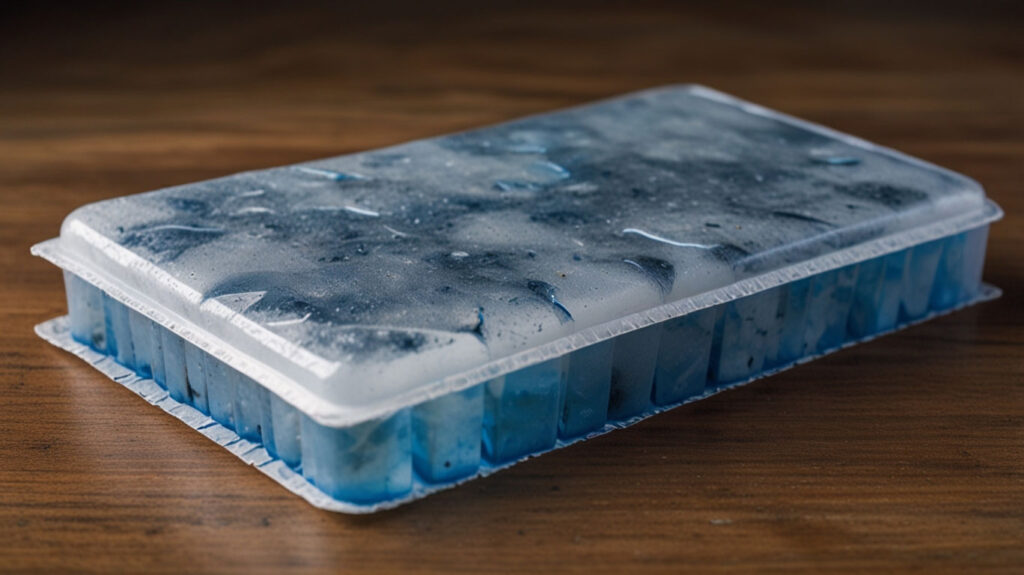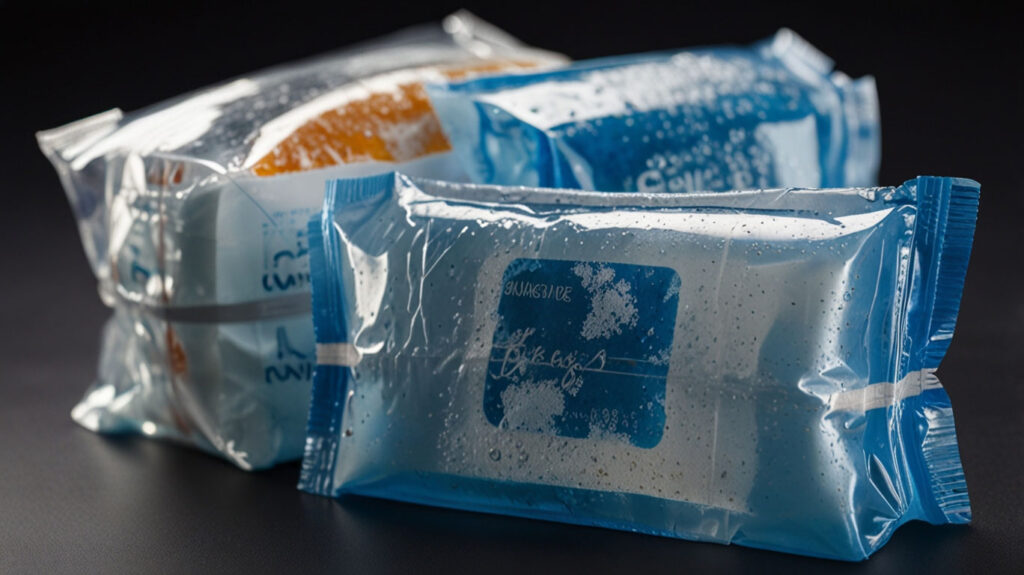
Introduction
In our school days, sublimation was explained with the example of dry ice. It was amazing to know how frozen carbon dioxide changes from solid to gaseous state directly. But is dry ice and dry ice packs similar entity?
What are Dry Ice Packs?
Dry ice packs are synthetic gel packs having twin layers of perforated plastic and non-woven textile. These packs can be activated whenever required and cut to the desired size for use. The gel packs are made of polymer gels and water.
Mostly these dry ice packs are available in dehydrated form. All it needs is soaking them in water and using post refrigeration or heating. Moreover, these can be easily cut to any shape or size before hydration.
How long do Ice Packs last?
Once the ice packs are hydrated, they can be reused again. However, after prolonged storage and heating they lose water content. It is recommended to soak the ice packs in water after using them 5 to 6 times. You can also rinse these packs under water after every use.
How to store ice packs?
While storing, dry ice packs should be stored in a freezer. You can also store it in an air-tight container away from moisture to avoid fungus and bacteria. When ice packs are not stored in a freezer, it would be best to wash them before use.
Is Dry Ice packs better than blue gel packs?
Dry ice packs can have a much lower temperature than blue gel packs. It means, the efficiency of keeping things cold or hot is much more with dry ice packs. However, for transportation of certain items where moderate cold temperatures are required gel packs are preferred. For eg. pharmaceuticals.
What is the Shelf Life of Dry Ice Packs?
Dry ice packs are reusable and can be reused. The only thing it requires is regular hydration which can be easily done at home. However, the product packaging shows shelf life varying from 24 months to 36 months. It is advisable to refer to the manufacturer’s instructions for safe disposal of dry ice packs.
Uses of dry Ice Packs
- For Transportation of Edible Products
Dry ice packs are used to transport a variety of products like ice cream, frozen food, seafood, or sorbets. Keep the ice packs in a freezer overnight before packing the stuff in an ice box for transportation.
- As a Cold Pack
Ice packs are perfect for cryotherapy. To use ice packs for cold therapy, keep them in a freezer for 3 hours. If ice packs are kept in the freezer for longer duration, use a towel between the packs and the body. Cold packs should not be used for more than 15 to 20 minutes to avoid freeze burns.
- As a Hot Pack
To use these packs as hot packs, heat them in a microwave for 30 seconds. If the pack is not heated enough, increase the heat for 10 more seconds. Once you know the temperature is right for you, use it as a hot pack.
- Use for Recreational Purpose
Dry ice packs can also be used for picnics and outings. Use them in your ice box to keep your beer and drinks cool. On a fishing day, keep your catch fresh while transporting. Apart from keeping things cold, you can also use it to keep your food hot.
- Storage of Breast Milk
Mother’s milk is essential for an infant’s development. Dry ice packs caare efficient for storing breast milk for infants. It is useful while traveling with infants or transporting milk.
Tips for Optimum Use
- Ice packs are easy to cut as per the required size before hydrating
- For best results, transport cold items by placing ice packs on top of the items as cold sinks down.
- Do not mix dry ice packs with commercial/household ice or gel packs since ice melts much faster than dry ice packs.
- Use protective covers while handling cold packs. There are chances of cold burns at low subzero temperatures.
- For extended storage, store ice packs in a freezer.
Conclusion
Dry ice packs are safe for use and storage. These ice packs are easier to handle and a better option than blue pack gels and ice cubes. The best part, it is reusable and can be used in twin mode for hot and cold treatment.


